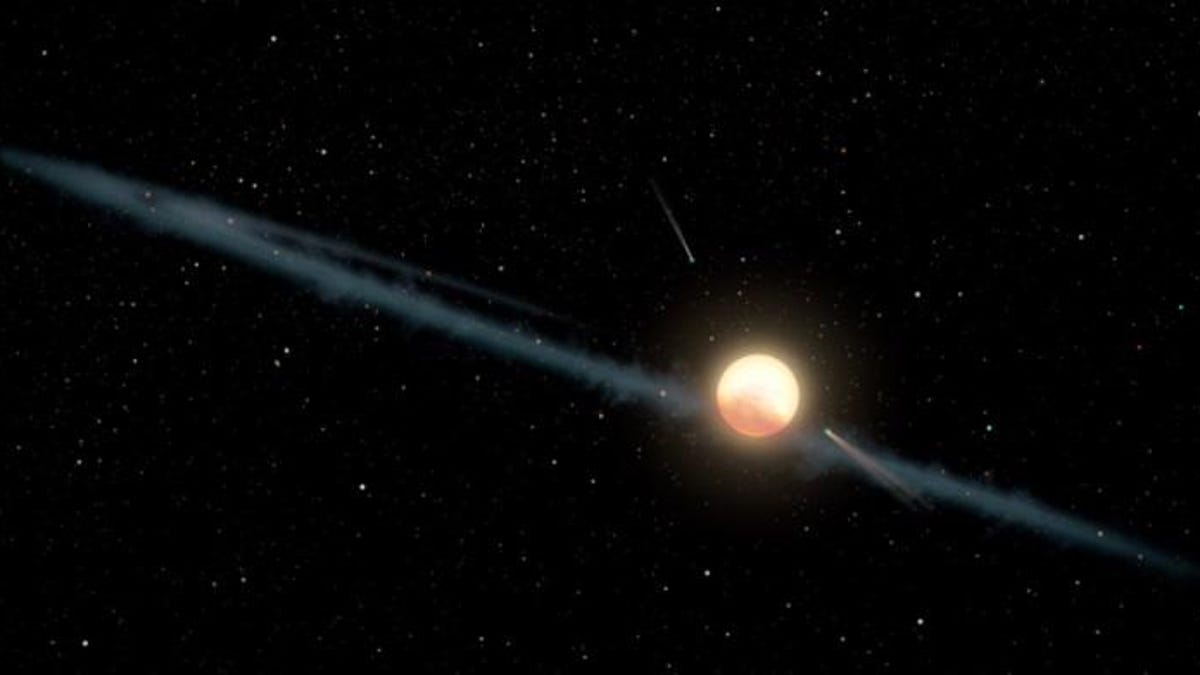Tiny aliens may ride clouds of 'space dust' between planets
New research suggests particles colliding with our atmosphere may bring life to Earth and send microscopic earthlings elsewhere.

For years we've imagined ways that humans and other, more alien forms of life might galavant around the cosmos, hopping from world to world in fancy, sleek spaceships. But new research suggests that some smaller life-forms might be able to travel across star systems using much simpler means: namely, a cloud of speeding space dust.
Researcher Arjun Berera from the University of Edinburgh examined how fast-moving flows of space dust that are constantly colliding with Earth's atmosphere might be harboring tiny stowaways.
"The streaming of fast space dust is found throughout planetary systems and could be a common factor in proliferating life," Berera explained in a news release Monday.
Flows of space dust can travel at speeds up to 43 miles per second (70 km per second). Berera's calculations found that when incoming grit collides with our planet's atmosphere, the impact could knock small particles in our upper atmosphere beyond the pull of Earth's gravity, possibly sending it on a journey to other planets.
The study was published online Friday in the journal Astrobiology.
It could be that dust flows are launching atmospheric particles from different planets all over the universe, forming a grand involuntary interplanetary transit system.
The notion becomes even more compelling when you consider that some bacteria, plants and the mighty tardigrade can survive in space. If any such living organisms are present in the atmosphere of Earth or other planets, they could be hitchhiking on cosmic dust flows across the universe.
"The proposition that space dust collisions could propel organisms over enormous distances between planets raises some exciting prospects of how life and the atmospheres of planets originated," Berera says.
If true, it means life could have been seeded on Earth and perhaps elsewhere from a dust cloud, rather than by comet and asteroid impacts as previously thought.
So perhaps ancient astronauts have been visiting Earth this whole time, and perhaps they still are. The reason we haven't seen them yet is that we've been looking for them with telescopes instead of microscopes.
Technically Literate: Original works of short fiction with unique perspectives on tech, exclusively on CNET.
Crowd Control: A crowdsourced science fiction novel written by CNET readers.

